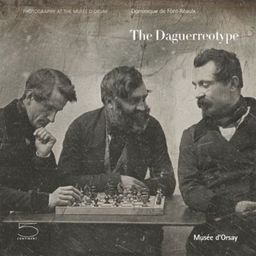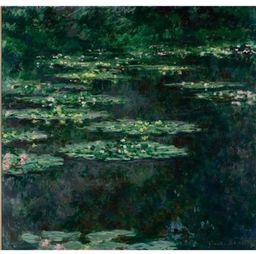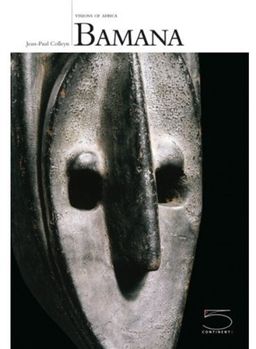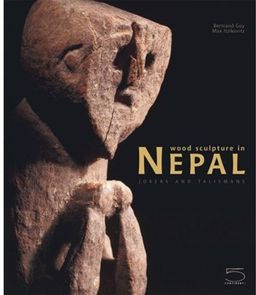הוצאת 5 Continents Editions
הספרים של הוצאת 5 Continents Editions
| 1. |
Impassioned, polemical, and rebellious, the Futurist movement exalted the modern world by placing machines, speed, and technology at the heart of its artistic experimentations. Futurism embodied the same reality that it tried to capture: a dynamism that reflected the changing structur...
|
| 2. |
Through the centuries, the distinctive character of Scottish jewelry has enchanted collectors from around the world. In the mid-nineteenth century, demand for the Highland specialties was so high that the supply from local craftsmen had to be supplemented by English imitations. In thi...
|
| 3. |
On January 7th 1839, during a session of the Academy of Sciences in Paris, the physicist and politician Francois Arago presented a new process to reproduce images, using mechanical and chemical means without any manual intervention in a dark room. This procedure became known as the da...
|
| 4. |
The sea is the single greatest source of inspiration for the art of the Solomon Islands, which are located northeast of New Guinea. Artistic forms, embellishments, designs, functions, and materials are drawn from a watery muse that is subtly nuanced yet richly homogenous. In the art o...
|
| 5. |
Water lilies, ponds, a Japanese footbridge, and blankets of glorious flowers: nothing evokes Claude Monet’s Impressionist paintings quite like these images from his garden at Giverny in Northern France. After moving to Giverny in 1883, Monet (1840-1926) discovered a profound source ...
|
| 6. |
Based on an exhibition of 180 masks—more than 100 from the outstanding collection at the Royal Museum of Central Africa of Tervuren, Belgium—and works by contemporary African artists, this extraordinary book offers a new interpretation of the mask as the universal object that both hide...
|
| 7. |
The Bamana (or Bambara) are members of the Mande culture, a large and powerful group of peoples in western Africa. The artistic tradition of the Bamana is rich, encompassing pottery, sculpture, beautiful bokolanfini cloth, and wrought-iron figures crafted by blacksmiths. They also hav...
|
| 8. |
In the 1980s, enigmatic wood masks, similar to those worn by Siberian and Eskimo shamans, began to appear in Parisian galleries that specialized in exotic art. Only the customary red wax affixed to the objects indicated that their origin was in fact Nepal. Art lovers, fascinated by th...
|








